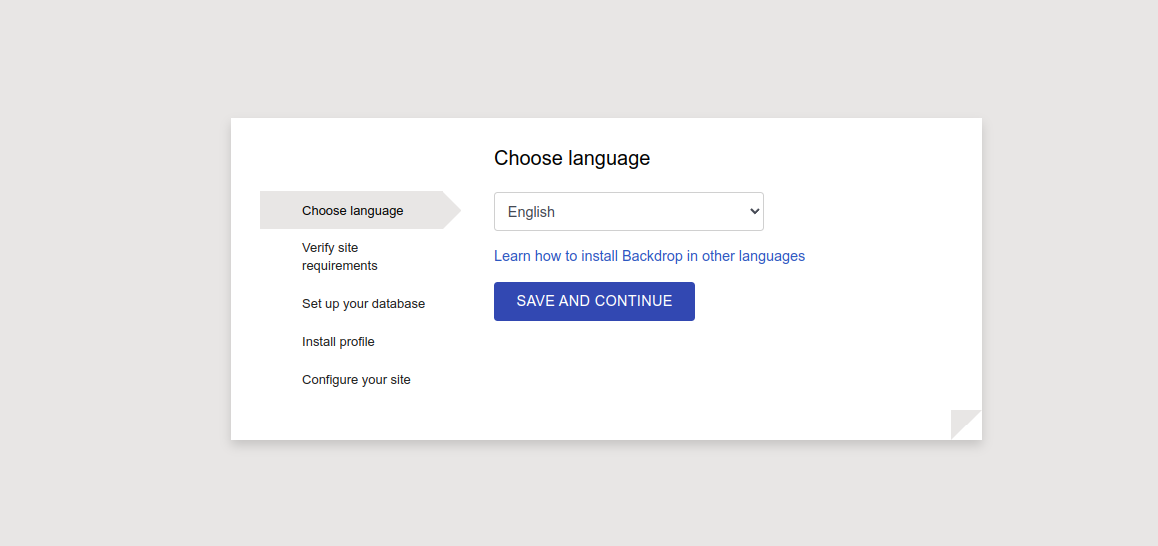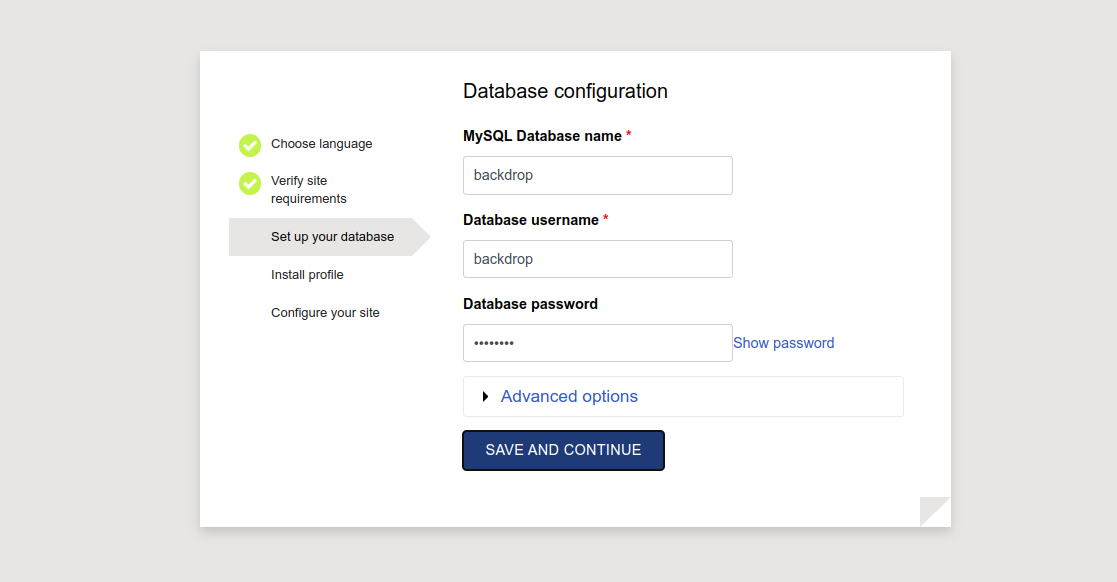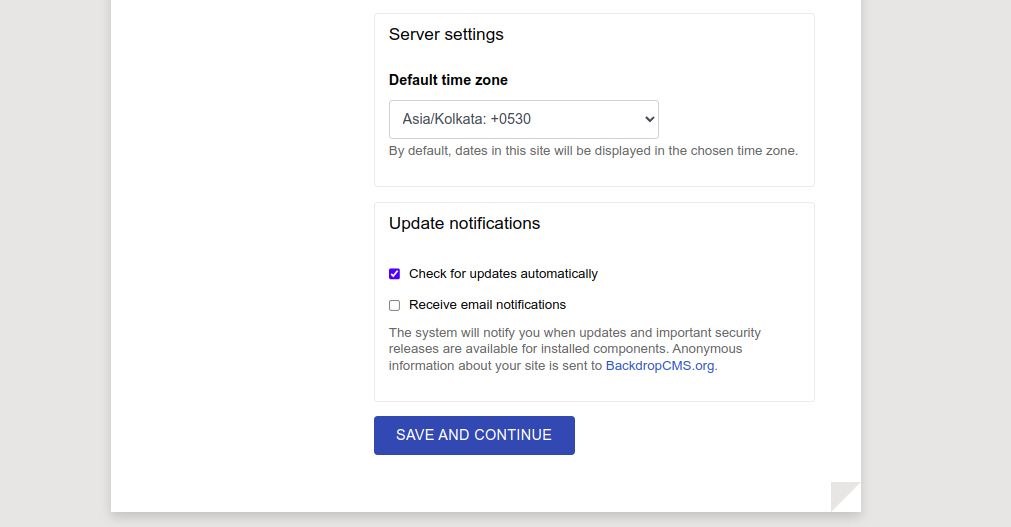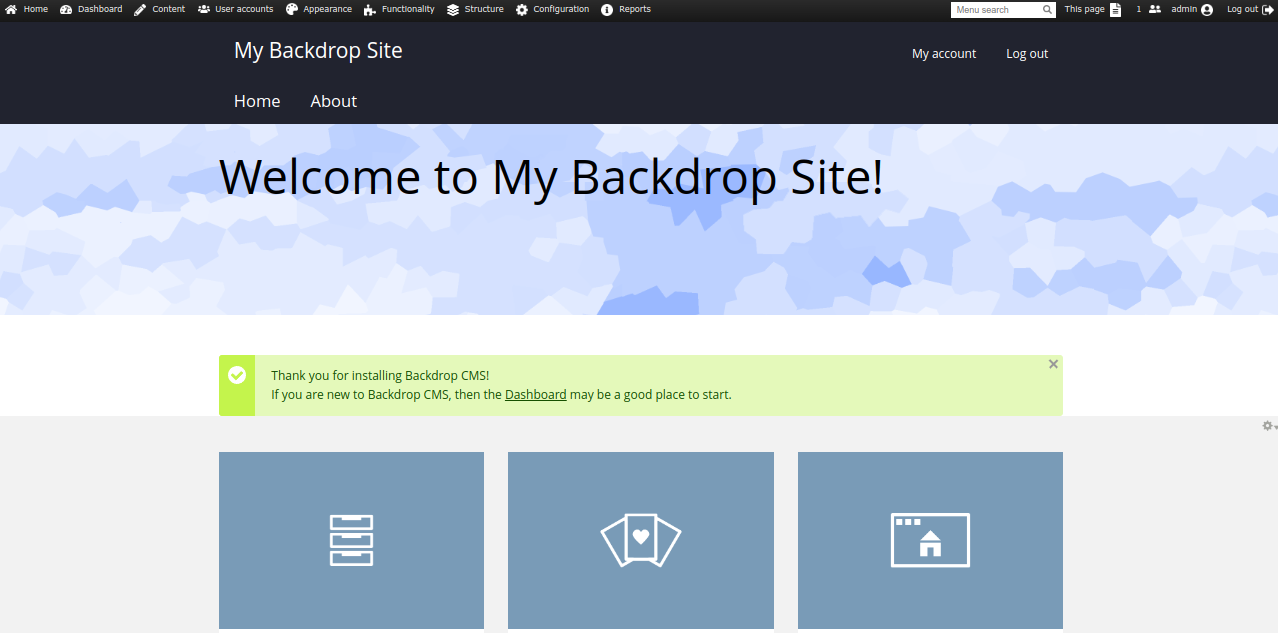Backdrop is a simple, lightweight, and powerful content management system used for building professional websites. It is written in PHP and is a fork of the Drupal project. It offers a simple and user-friendly web UI where users can create web pages easily. If you are looking for a simple and powerful CMS, then Backdrop CMS is the right choice for you.
In this post, we will show you how to install Backdrop CMS on Arch Linux.
Step 1 – Configure Repository
By default, the default repository is outdated in Arch Linux, so you will need to modify the default mirror list. You can do it by editing the mirror list configuration file:
nano /etc/pacman.d/mirrorlist
Remove all lines and add the following lines:
## Score: 0.7, United States Server = http://mirror.us.leaseweb.net/archlinux/$repo/os/$arch ## Score: 0.8, United States Server = http://lug.mtu.edu/archlinux/$repo/os/$arch Server = http://mirror.nl.leaseweb.net/archlinux/$repo/os/$arch ## Score: 0.9, United Kingdom Server = http://mirror.bytemark.co.uk/archlinux/$repo/os/$arch ## Score: 1.5, United Kingdom Server = http://mirrors.manchester.m247.com/arch-linux/$repo/os/$arch Server = http://archlinux.dcc.fc.up.pt/$repo/os/$arch ## Score: 6.6, United States Server = http://mirror.cs.pitt.edu/archlinux/$repo/os/$arch ## Score: 6.7, United States Server = http://mirrors.acm.wpi.edu/archlinux/$repo/os/$arch ## Score: 6.8, United States Server = http://ftp.osuosl.org/pub/archlinux/$repo/os/$arch ## Score: 7.1, India Server = http://mirror.cse.iitk.ac.in/archlinux/$repo/os/$arch ## Score: 10.1, United States Server = http://mirrors.xmission.com/archlinux/$repo/os/$arch
Save and close the file, then update all the package indexes with the following command:
pacman -Syu
Step 2 – Install Apache and PHP
First, install the Apache web server with the following command:
pacman -Sy apache
After the successful installation, start and enable the Apache service with the following command:
systemctl start httpd systemctl enable httpd
Next, install the PHP and other required extensions using the following command:
pacman -Sy php php-gd php-cgi php-intl php-apache unzip
After the installation, edit the PHP configuration file and enable the required extensions:
nano /etc/php/php.ini
Add/modify the following lines:
extension=pdo_mysql extension=gd extension=json extension=mysqli extension=intl extension=xml
Save and close the file when you are finished.
Step 3 – Install and Configure MariaDB Database
First, install the MariaDB server with the following command:
pacman -S libmariadbclient mariadb mariadb-clients
Next, initialize the MariaDB database with the following command:
mysql_install_db --user=mysql --basedir=/usr --datadir=/var/lib/mysql
Next, start and enable the MariaDB service with the following command:
systemctl start mysqld systemctl enable mysqld
Next, connect to the MariaDB console using the following command:
mysql
Once you are connected, create a database and user for Backdrop:
CREATE DATABASE backdrop; GRANT ALL ON backdrop.* TO backdrop@localhost IDENTIFIED BY 'password';
Next, flush the privileges and exit from the MariaDB shell with the following command:
FLUSH PRIVILEGES; EXIT;
Step 4 – Download Backdrop CMS
First, download the latest version of Backdrop CMS from their official download page.
curl -s https://api.github.com/repos/backdrop/backdrop/releases/latest|grep browser_download_url|grep backdrop.zip|cut -d '"' -f 4|wget -qi -
Once the download is completed, extract it to the Apache web root directory with the following command:
unzip backdrop.zip mv backdrop /srv/http/backdrop
Next, change the ownership of the Backdrop directory to Apache:
chown -R http:http /srv/http/backdrop/ chmod -R 775 /srv/http/backdrop/
Step 5 – Configure Apache for Backdrop CMS
Next, you will need to create an Apache virtual host configuration file to host Backdrop CMS on the web.
nano /etc/httpd/conf/extra/backdrop.conf
Add the following configurations:
<VirtualHost *:80> ServerAdmin [email protected] DocumentRoot /srv/http/backdrop ServerName backdrop.example.com <Directory /srv/http/backdrop/> Options FollowSymLinks AllowOverride All Require all granted </Directory> ErrorLog /var/log/httpd/error.log CustomLog /var/log/httpd/access.log combined </VirtualHost>
Save and close the file, then edit the Apache main configuration file.
nano /etc/httpd/conf/httpd.conf
Uncomment the following lines:
Include conf/extra/httpd-vhosts.conf LoadModule mpm_prefork_module modules/mod_mpm_prefork.so
Comment the following line:
#LoadModule mpm_event_module modules/mod_mpm_event.so
Add the following lines:
LoadModule php_module modules/libphp.so AddHandler php-script .php Include conf/extra/php_module.conf Include conf/extra/backdrop.conf
Save and close the file. Then, restart the Apache service to apply the changes:
systemctl restart httpd
Step 6 – Access Backdrop CMS
Now, open your web browser and access the Backdrop CMS web interface using the URL http://backdrop.example.com. You should see the language selection screen.
Select your language and click on the SAVE AND CONTINUE button. You should see the database configuration screen.
Define your database user and password and click on the SAVE AND CONTINUE button. You should see the site configuration page.
Provide your site information, admin username, and password, and click on the SAVE AND CONTINUE button. You should see the Backdrop CMS dashboard on the following page.
Conclusion
In this guide, we explained how to install Backdrop CMS with Apache on Arch Linux. You can now use Backdrop CMS in the production environment to create and manage your website via a web browser. You can also try Backdrop CMS on one of our dedicated server hosting from Atlantic.Net!



